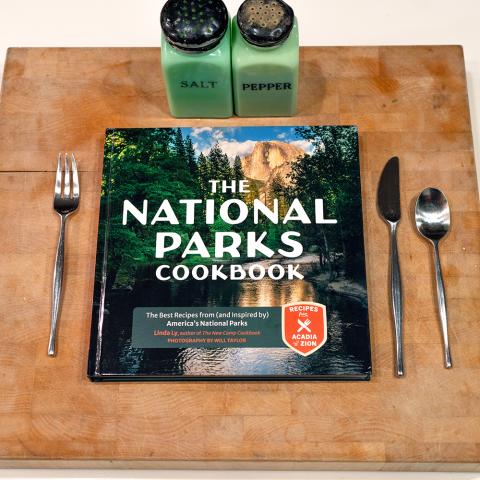
Snowplow about 2 miles above "the Loop" on the Going-to-the-Sun Road on April 15, 2019/NPS
Want to experience Going-to-the-Sun Road in Glacier National Park without vehicular traffic? For the next few weeks at least shuttles for hikers and bikers will take you beyond the vehicle gate barriers on that iconic road.
The shuttles are to start running on May 11 on weekends from 9 a.m. to 5 p.m. The free shuttles will run every 20 minutes from Apgar Visitor Center on Saturdays and Sundays between 9 a.m. and 5 p.m., and on May 27 (Memorial Day). Shuttles, equipped with bicycle trailers, will stop at Lake McDonald Lodge and Avalanche Creek (once open to motor vehicle traffic).
The weekend-only shuttle will operate until the full length of the Going-to-the-Sun Road opens to motor vehicles. The road typically opens to Logan Pass between mid-June and mid-July, depending on snow and plowing conditions.
Donations to the Glacier National Park Conservancy support the spring shuttle service and volunteer bike patrol unit.
Here’s a glance at tips from park staff for spring hiking and biking:
* Dress for change. Elevation gains mean temperatures and weather can change quickly. Avoid hypothermia by packing multiple layers of clothing suitable for wet, cold, and windy conditions.
* Be avalanche aware. Late-season avalanches can occur at higher elevations. If you see evidence of a recent avalanche like fresh snow piles on the road, do not cross avalanche debris. Turn around. More snow could slide. Hike or bike with a friend and have a plan for getting help. If you cannot avoid crossing an avalanche chute, move across one person at a time while another acts as lookout.
* Bike and hike defensively. Treat the road like a trail and watch out for paving cracks, black ice, and falling rocks. Use extreme caution when traveling downhill. While biking, wear a helmet, stay in your lane, and pull to the side of the road when stopping. Keep young riders close. Carry a repair kit and a bicycle light. Don’t forget bear spray.
Know where plows and construction crews are working. Be aware that administrative vehicles and snow plows may be on the road preparing the area for public vehicle access. Know where you can hike and bike before you go to the park by checking the park’s road status webpage. It will tell you where the hiker-biker closure is during weekdays while plow and construction crews are working.




 Support Essential Coverage of Essential Places
Support Essential Coverage of Essential Places






